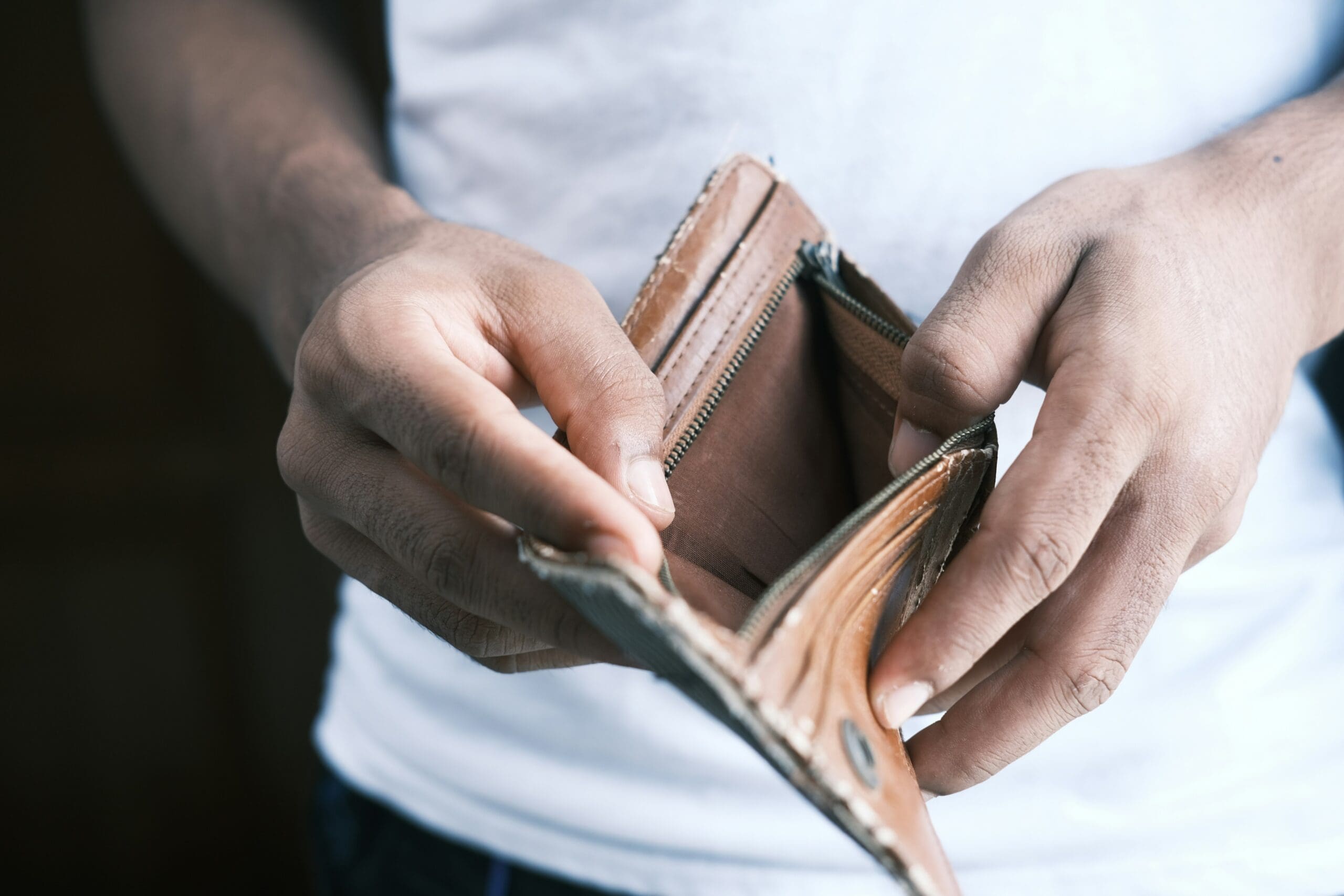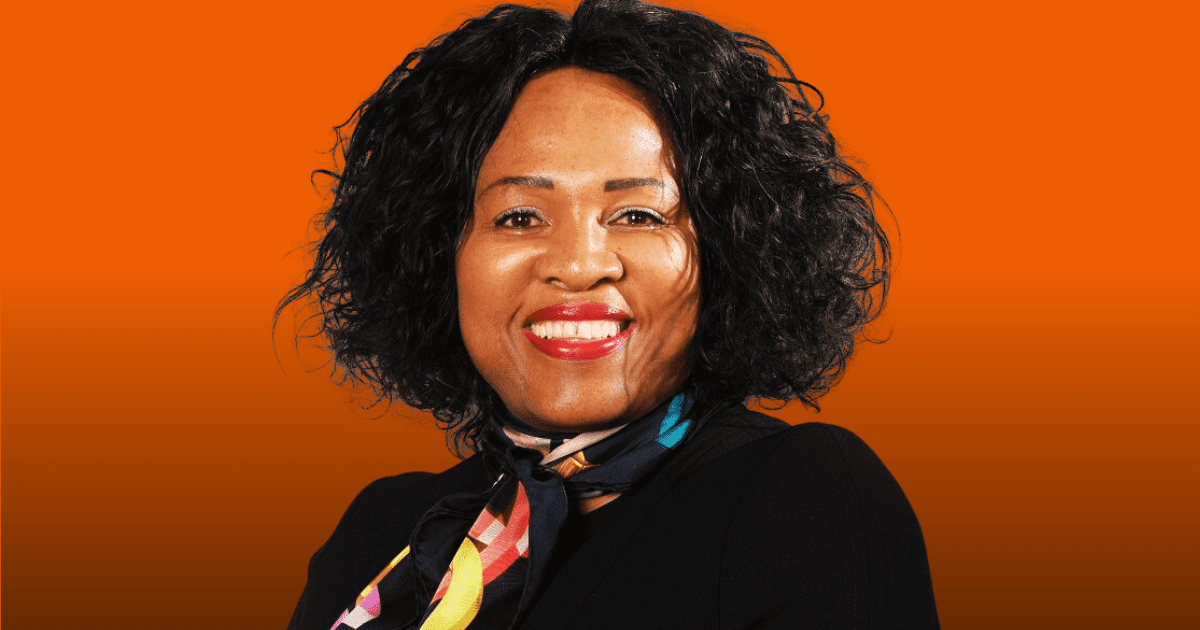Mzansi’s shopping habits are getting a little… spendy. And experts say our growing love for Buy Now, Pay Later (BNPL) deals could land us in serious debt.
If you’ve used PayFlex or HappyPay to buy that new iPhone or pair of Crocs over a few months, congrats, you’ve used BNPL. It’s basically a short-term loan that lets you split the cost of a purchase into interest-free instalments. Sounds great, right?

Well, here’s the kicker. These services often don’t check if you can actually afford what you’re buying. And they don’t report your debt to credit bureaus, which means other lenders can’t see it and manage your risk accordingly.
According to TransUnion’s Consumer Pulse Study for the fourth quarter of 2024, 74% of those surveyed in South Africa were aware of BNPL services, and 50% had used them more than once in the past year.
The Micro Finance South Africa group is ringing alarm bells. CEO Leonie Kirsten van Pletzen says unchecked BNPL use could create a “bubble”, where too many people are buying on credit they can’t afford. And when that bubble bursts? We’re talking debt, defaults and financial chaos.
Globally, it’s a growing concern too. In the US, you can even BNPL your takeaway on DoorDash because nothing says “financial planning” like paying off your McFlurry 🍦
Australia has already stepped in with new regulations: since June 2025, all BNPL service providers must “comply with the National Credit Act, National Credit Code, and responsible lending obligations. They must also consider financial hardship requests and credit reporting”, and South Africa could follow suit with a new financial regulation bill in the works.
So while it might be tempting to get that 100-inch TV over three paychecks, do so only if you can afford it. Or just save for it. The payoff will be much sweeter.
- Staff Reporterhttps://explain.co.za/author/staff-reporter/
- Staff Reporterhttps://explain.co.za/author/staff-reporter/
- Staff Reporterhttps://explain.co.za/author/staff-reporter/
- Staff Reporterhttps://explain.co.za/author/staff-reporter/




